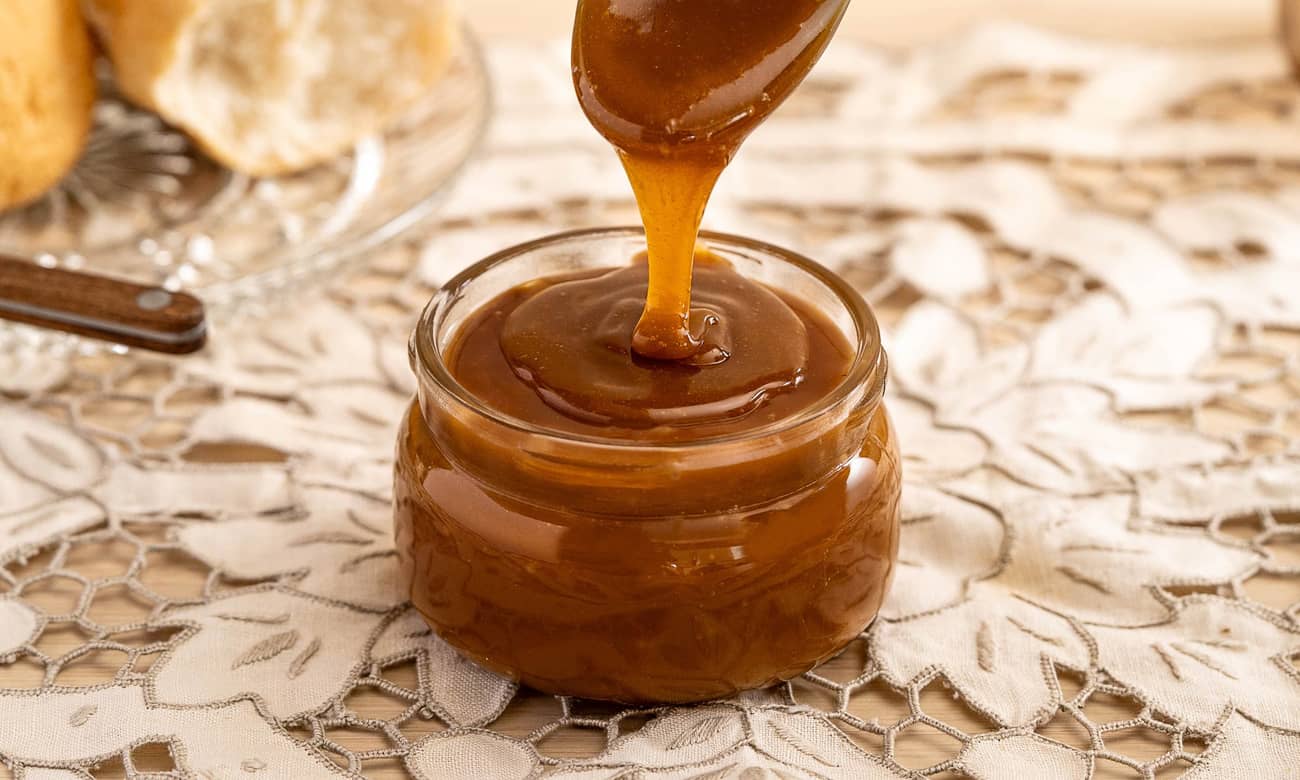
Mango sago, a dessert enjoyed across Asia, combines ripe mangoes and bouncy sago in a bowl of creamy, mango-blended milk.
Mango sago is shared by many Asian countries, which could say something about the universal appeal of a ripe, juicy mango. Especially at peak sweetness? Irresistible.
To make mango sago, you make a cold mango cream base by blending milk and fresh mangoes. Pour that over cooked sago, and add more fresh mangoes. Simple and easy.
Most Asian recipes use coconut milk to make the base of the mango cream. You can also use something more Filipino: all-purpose cream. Compared to coconut milk, APC has a more neutral flavor, allowing more of the fruit’s natural flavor to shine while adding extra body. Serve it chilled—the colder the better—in small bowls or glasses, with as much cubed fresh mangoes on top.
Sago is a starch made from the pith of sago palm trees, made into small, white pearls for cooking and baking. When cooked, the pearls swell with water, become see-through, and take on a soft, chewy texture. Sago is enjoyed in many Asian desserts, particularly puddings, like mango sago.
In the Philippines, you’ll find sago in sago’t gulaman, ginataan, taho, and even some sticky rice snacks (kakanin).
Sago and tapioca pearls are both chewy spheres often used in similar ways, but they’re made from different starches. Tapioca pearls are what you usually find in milk tea shops—bigger, darker, and chewier than sago.
Some tapioca pearls look nothing like milk tea pearls. Instead, they're small, white, and cook into translucent beads. Just like sago!
According to Hot Thai Kitchen, this is imitation sago—tapioca pearls processed to look like sago pearls, because genuine sago pearls take a long time to make.
So it's highly likely that the small, bead-like sago we have locally is actually made from tapioca. Who knows? But if you're looking to make mango sago, all that matters you want the small, tiny pearls for this recipe—whether it says sago or tapioca!
Cook sago: Fill a medium pot or saucepan with water (about 4 cups) and bring to a full boil over medium-high heat. Add uncooked sago to the boiling water—don’t add it until the water is at a full, rapid boil, or else the pearls will disintegrate. Cook, stirring occasionally to keep the pearls separate, until sago is soft, clear, and translucent, about 20–25 minutes.
If sago still has a white center, turn off the heat, cover the pot, and let sago cook gently in the hot water for 5–10 minutes.
Drain sago through a fine-mesh strainer and rinse under cold running water. Set cooked sago aside in a bowl of cold ice water.
Make mango cream: Combine all-purpose cream, evaporated milk, condensed milk, and 1 ripe mango in a blender. Blend until mixture is smooth and creamy. Set aside.
Prepare mangoes: Chop up the remaining mangoes to your desired size. We recommend small- to medium-sized cubes.
Serve: Transfer cooked sago to a large serving bowl. Add some of the mango cubes and all of the mango cream over the sago. Stir to combine. Garnish with remaining mango cubes and, if you like, a swirl of evaporated or condensed milk.
